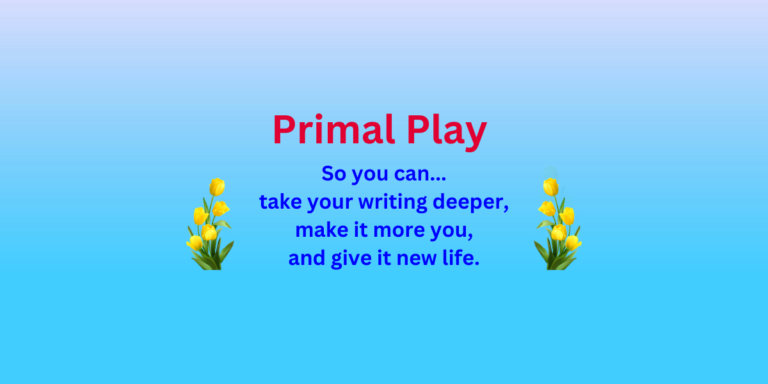6.3 Proposal development
Here’s what I recommend for your proposal file.
Get a copy of the latest edition of Michael Larsen’s How to Write a Book Proposal.
Go through it and copy into your file the outline of all the parts of a top–notch, professional proposal.
Then start adding in material for each section as you think of stuff to add, like…
What’s your hook?
What are the benefits of reading your book?
What do you want in your author bio?
What are comparable books?
What are your plans for marketing?
Etc.
Now, let’s take a look at three different situations.
Let’s say you’re going to finish your book before you try to find an agent or publisher.
What would be the benefits of starting your proposal early and working it all along the way?
First, the proposal is a positioning document par excellence. So working on it consistently will help you stay focused on the partnership chemistry you’re trying to develop between yourself and your reader.
Second, when it comes time to write the proposal it will basically be written.
Now let’s say you’re going to self–publish, so you don’t need a proposal. I’d still recommend developing one as you write. Again because it will help you stay focused on the heart of the book, and it will be a big help when you start doing your marketing.
Finally, let’s say you want to sell your book before you write it, and you develop a proposal for that purpose.
I’d recommend that once you have your contract signed, you open a file for further development of your proposal, because as you actually write your book, it will go through changes, and you want your positioning to keep up with those changes.
Whatever your situation, when you’re playing with your proposal be prepared for surprises.
You might come up with new chapter titles, or new chapters, or new ways to break through to your readers, or a shift in your voice, or a new way to design the flow of your story or your message.
When you play with your proposal, you’re playing with your positioning and that will help you…
Play your way into a deeper relationship with your readers.

